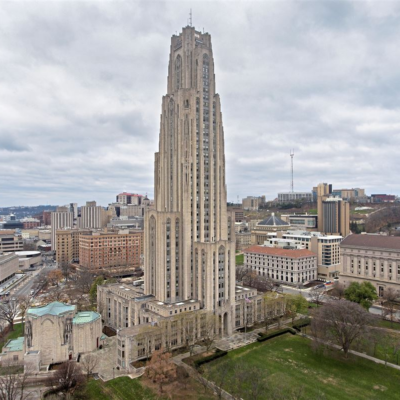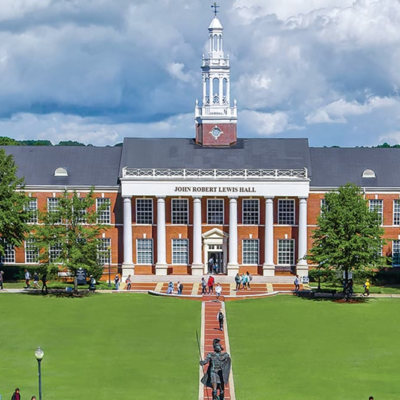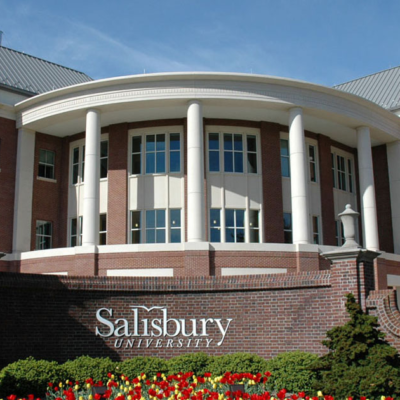The Gullah Geechee Cultural Heritage Corridor is one of the most unique cultural landmarks in the United States. Stretching along the southeastern coast from South Carolina to Florida, this corridor preserves the rich traditions, language, food, music, and lifestyle of the Gullah Geechee people—descendants of West Africans who were brought to America during the transatlantic slave trade.
Their culture is deeply rooted in African heritage, preserved over centuries in isolated coastal and island communities. In this article, we’ll take a deep dive into the history, importance, and current preservation efforts of the Gullah Geechee Cultural Heritage Corridor.
What Is the Gullah Geechee Cultural Heritage Corridor?
The Gullah Geechee Cultural Heritage Corridor is a National Heritage Area designated by the U.S. Congress in 2006. It spans nearly 500 miles along the Atlantic coast, covering parts of:
- North Carolina
- South Carolina
- Georgia
- Florida
The corridor includes coastal areas and barrier islands where Gullah Geechee communities have lived for generations. This area is not just a geographical region—it’s a living cultural landscape that reflects African traditions blended with American history.
Who Are the Gullah Geechee People?
The Gullah Geechee people are descendants of West Africans brought to the southeastern United States to work on rice, cotton, and indigo plantations. Their ancestors were chosen for their knowledge of agriculture and their ability to survive the hot, humid conditions of the Lowcountry.
The terms “Gullah” and “Geechee” refer to distinct but closely related communities:
- Gullah typically refers to people in South Carolina and Georgia, especially those on the Sea Islands
- Geechee is more commonly used in Georgia and northern Florida
The isolation of the coastal areas helped the Gullah Geechee maintain strong African influences in their language, religion, crafts, music, and food. Over time, they developed a unique culture that stands as one of the most African-rooted cultures in the U.S.
Why Is the Corridor Important?
The Gullah Geechee Cultural Heritage Corridor plays a vital role in preserving African American history and heritage. It:
- Protects traditional communities from disappearing due to development and tourism
- Promotes education and awareness about Gullah Geechee contributions to American culture
- Encourages economic development that respects cultural traditions
- Supports historic sites, cultural programs, museums, and community projects
By recognizing this region as a national treasure, the U.S. government and local organizations aim to preserve and share the Gullah Geechee legacy with future generations.
Historical Significance of the Gullah Geechee People
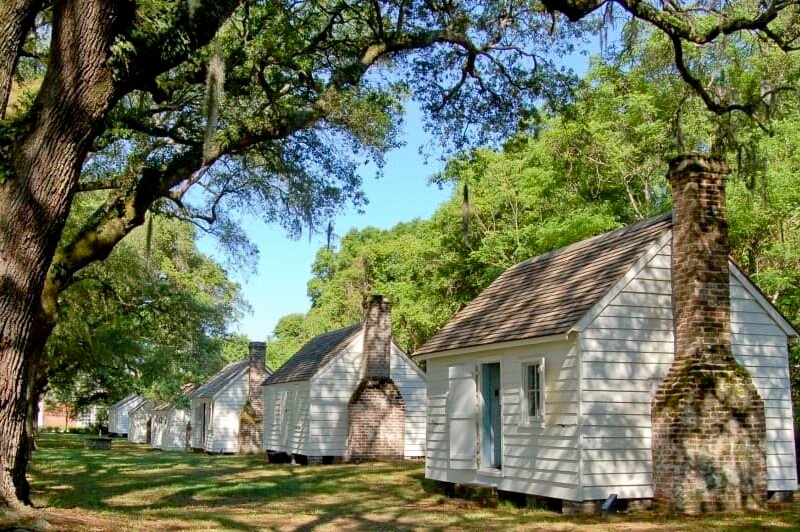
African Roots in America
Many Gullah Geechee ancestors came from countries like Sierra Leone, Senegal, Ghana, and Angola. They brought with them skills in rice cultivation, fishing, weaving, and storytelling.
Because they lived in relatively isolated locations, they were able to preserve African languages, customs, and spiritual practices. Their unique Creole language—a blend of English and African languages—is still spoken today.
Contributions to Agriculture
The success of rice and cotton plantations in the South was largely due to the agricultural expertise of Gullah Geechee people. They introduced techniques like:
- Building irrigation systems for rice fields
- Using traditional farming tools
- Creating community-based work systems still reflected in today’s communal values
Cultural Expression
Gullah Geechee culture is rich with oral storytelling, folklore, basket weaving, spiritual songs, and culinary traditions. Their art and music have influenced American culture in profound ways, from blues and jazz to Southern cuisine.
Key Sites Within the Gullah Geechee Cultural Heritage Corridor
Here are some must-visit locations that highlight the culture and contributions of Gullah Geechee communities.
Penn Center (St. Helena Island, South Carolina)
One of the first schools for freed slaves after the Civil War, the Penn Center is a historic and cultural anchor for the Gullah Geechee people.
Sapelo Island (Georgia)
Home to one of the last intact Gullah Geechee communities, Sapelo Island offers guided cultural tours, showcasing traditional homes, churches, and foodways.
Kingsley Plantation (Jacksonville, Florida)
This preserved plantation tells the story of enslaved Africans and free people of color, including a unique account of Anna Kingsley, an African woman who became a plantation owner.
Mitchelville (Hilton Head, South Carolina)
The first self-governed town for formerly enslaved people, Mitchelville is a key site in understanding the Gullah Geechee experience during Reconstruction.
Modern-Day Challenges Facing the Corridor
Despite its cultural significance, the Gullah Geechee Cultural Heritage Corridor faces several threats.
Real Estate Development and Gentrification
Many Gullah Geechee communities are being pushed out due to rising property values and land disputes.
Loss of Language and Traditions
Younger generations are moving away, and with them, the language and customs are fading.
Environmental Threats
Climate change and coastal erosion are impacting traditional lands and sacred spaces.
Underfunding of Heritage Projects
Limited financial resources make it hard to maintain historic sites and promote cultural programs.
Community Efforts to Preserve Gullah Geechee Culture
Thankfully, various organizations and individuals are working hard to protect and promote Gullah Geechee culture:
- Gullah Geechee Cultural Heritage Corridor Commission: Oversees preservation and education efforts across the four-state region
- Local churches and community centers: Play a major role in keeping traditions alive
- Art and food festivals: Such as the Gullah Festival and Sea Island Festival that celebrate music, dance, and cuisine
- Storytellers and cultural educators: Share oral histories and perform traditional folktales
Gullah Geechee Food: A Taste of Tradition
No story about the Gullah Geechee is complete without exploring their incredible cuisine. Their food is a blend of African, Native American, and Southern flavors, often featuring:
- Rice dishes like red rice and Hoppin’ John
- Seafood, including crab, shrimp, and oysters
- Okra, yams, collard greens, and beans
- Gumbo, stews, and slow-cooked meats
Food is not just nourishment—it’s storytelling, family, and culture on a plate.
How You Can Support the Gullah Geechee Corridor
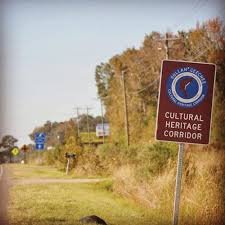
Want to help preserve the Gullah Geechee Cultural Heritage Corridor? Here’s how.
Visit Respectfully
Support local tour guides, artists, and businesses when you visit cultural sites.
Donate or Volunteer
Support nonprofits working to preserve the culture.
Learn and Share
Read books, watch documentaries, and teach others about Gullah Geechee history.
Support Legislation
Back government efforts that fund cultural preservation and prevent displacement.
Final Thoughts
The Gullah Geechee Cultural Heritage Corridor is more than just a line on a map—it’s a journey through centuries of resilience, creativity, and pride. From the coasts of South Carolina to the shores of Florida, the corridor stands as a powerful reminder of the African American experience in the United States.
As we move forward, it’s essential to not only honor the past but to actively preserve this cultural treasure. Whether you visit, study, or simply spread the word, you play a part in ensuring the Gullah Geechee story continues to be told.
Do Follow USA Glory On Instagram
Read Next – Explore the Tombstone Courthouse Historic Site in Arizona


